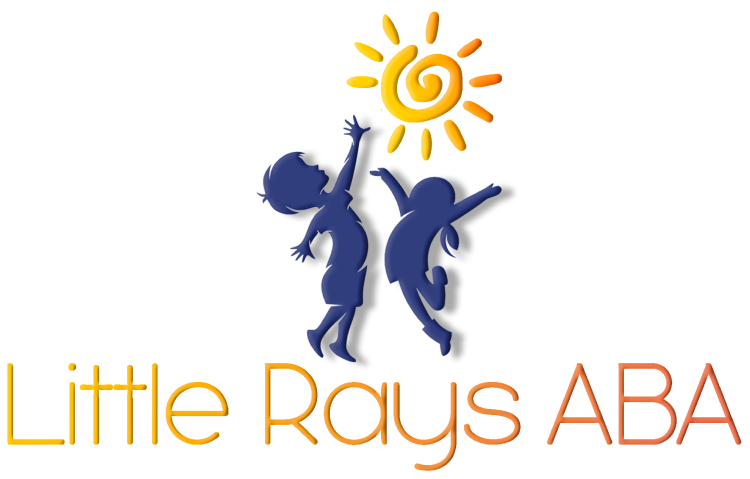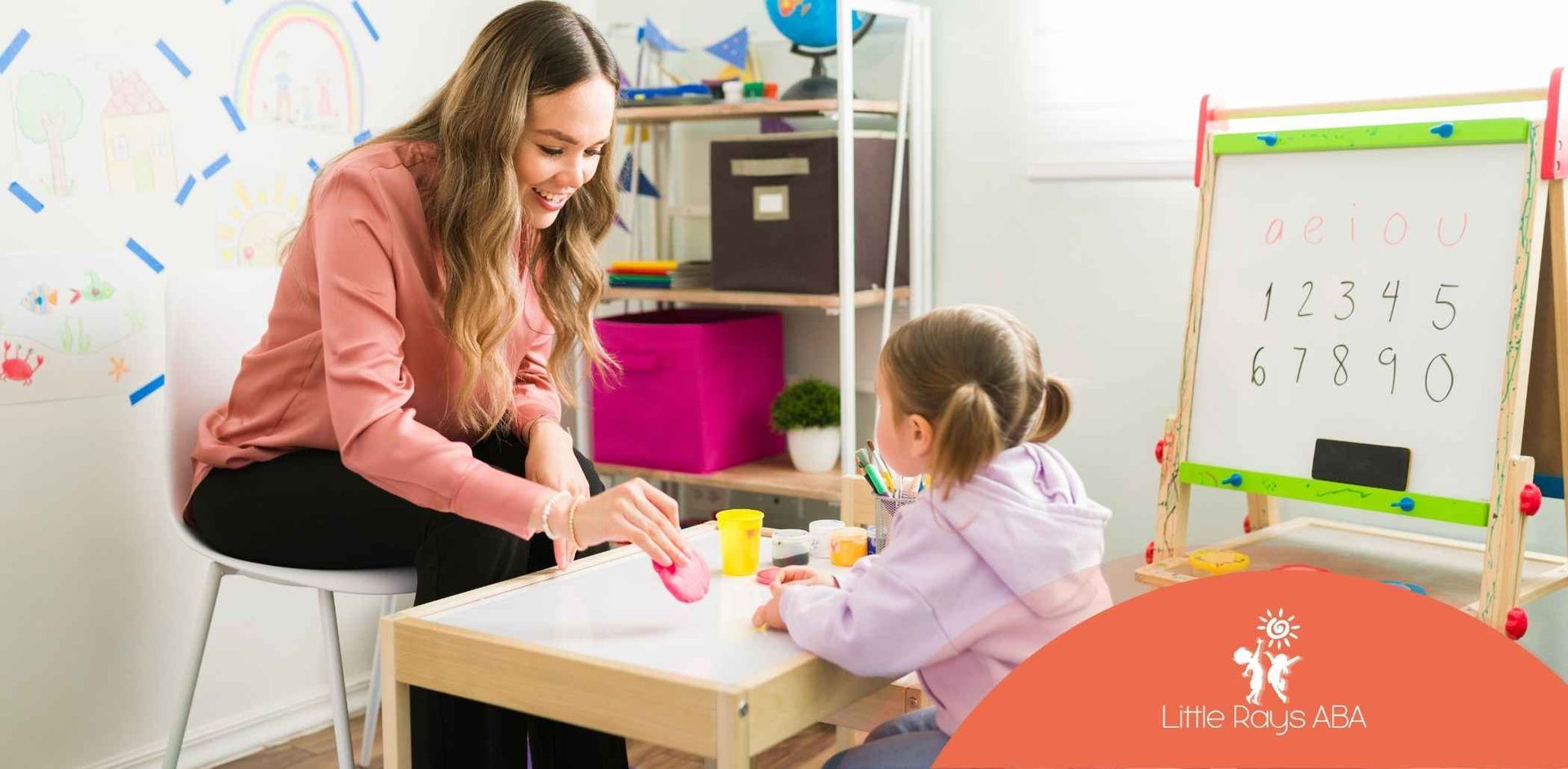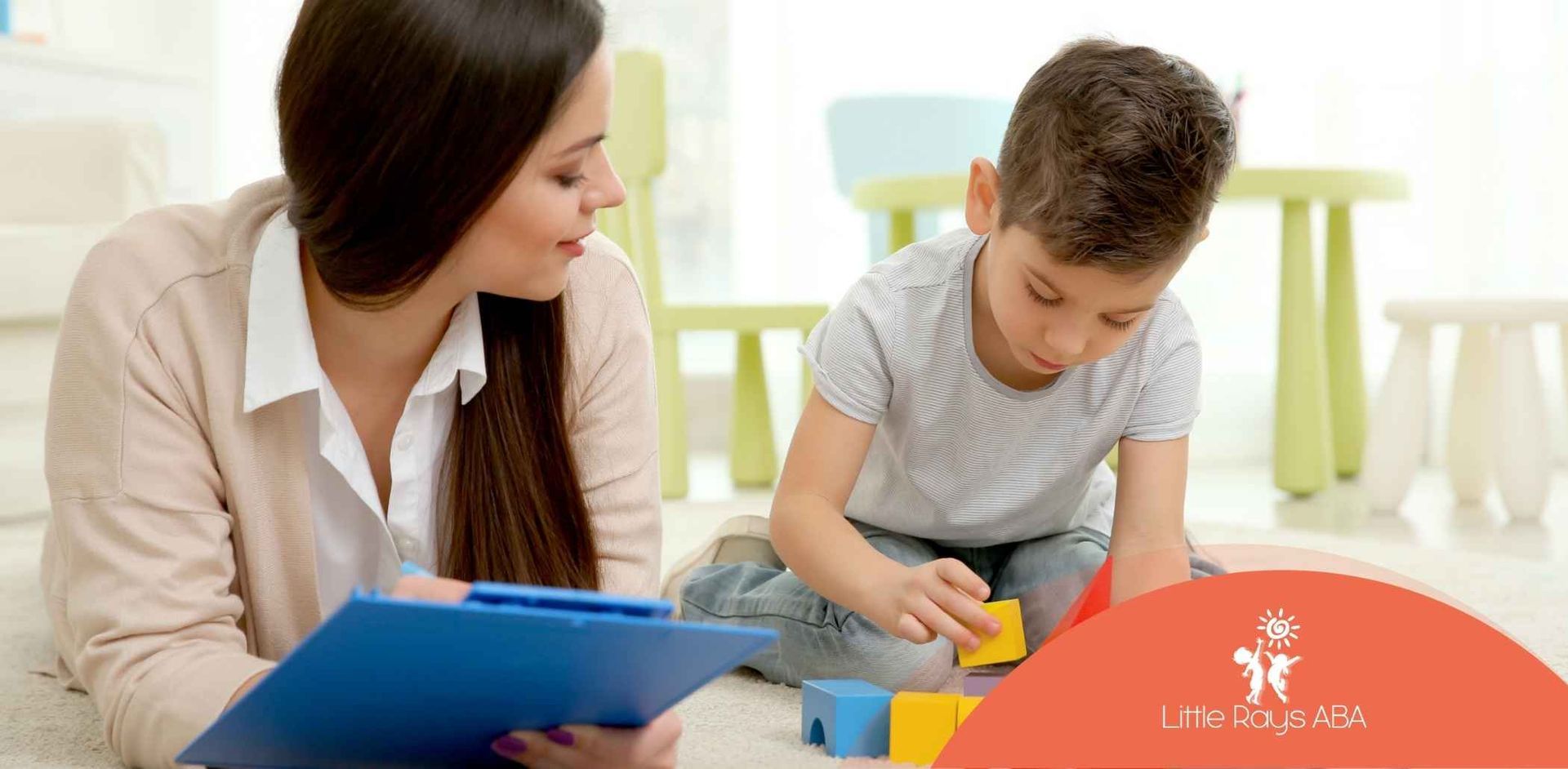
Fun Tactile Sensitivity Activities That Make Learning Enjoyable
Understanding Tactile Sensitivity
Tactile sensitivity activities play a vital role in helping children with sensory processing challenges feel more comfortable and engaged. Tactile sensory input refers to the ability to perceive touch, pressure, temperature, and texture through receptors in the skin, which convert mechanical stimuli into electrical signals the brain can interpret. When touch sensations feel overwhelming or even painful, individuals may experience tactile defensiveness, also known as tactile hypersensitivity.
Definition And Mechanisms
Tactile defensiveness arises when protective sensory pathways overreact to non‐threatening stimuli. Protective sensations warn the body of harm, such as extreme heat or sharp edges. Discriminatory sensations, on the other hand, help distinguish surfaces and textures. In tactile defensiveness, protective pathways become overactive, causing everyday textures, like shirt tags or certain food consistencies to provoke discomfort or distress.
The key players are mechanoreceptors in the skin. These include:
- Merkel cells for sustained pressure
- Meissner corpuscles for light touch
- Pacinian corpuscles for vibration
- Ruffini endings for skin stretch
When these receptors fire excessively, the individual’s nervous system may interpret gentle touch as irritating or painful. Over time, repeated exposure without support can reinforce avoidance behaviors.
Prevalence And Impact
Up to 16 percent of school-aged children display signs of tactile defensiveness, making it a common concern in educational and home settings. In children with Autism Spectrum Disorder (ASD), sensory abnormalities, including hypersensitivity to textures and light touch, affect as many as 95 percent of cases. These reactions can hinder self-care routines, social interaction, and participation in classroom activities. When a child flinches at hugs or refuses to wear certain clothing, the emotional and practical consequences can ripple through daily life.
Role Of ABA Therapy
Applied Behavior Analysis (ABA) therapy offers structured, evidence-based techniques to address tactile defensiveness. By pairing behavioral principles with sensory integration strategies, ABA professionals guide children toward more comfortable interactions with touch.
Sensory Integration Approaches
Sensory integration therapy focuses on exposing individuals to a variety of textures and sensations in a controlled way. Occupational therapists often use:
- Graded exposure: Slowly introducing fabrics or materials, starting from least to most aversive
- Deep pressure techniques: Applying firm, even pressure through weighted vests or firm hugs to calm the nervous system
- Sensory diets: Customized schedules of tactile activities woven into daily routines
These approaches aim to retrain the nervous system, reducing overreactivity through repeated, positive experiences.
Individualized Treatment Plans
No two children respond the same way to sensory stimuli. ABA therapists develop individualized treatment plans based on thorough assessments. They may:
- Observe reactions to different textures
- Record comfort levels and avoidance behaviors
- Set measurable goals, such as tolerating short periods of messy play
- Modify activities based on progress
By tracking data over time, therapists can adjust intensity, duration, or type of tactile input to keep improvements on track.
Benefits Of Tactile Activities
Engaging in thoughtfully selected touch-based exercises yields gains across multiple domains. From motor skills to emotional regulation, sensory-rich play sets the stage for broader development.
Fine Motor Development
Manipulating varied textures and materials challenges small muscle groups in the hands and fingers. Activities such as playdough sculpting, finger painting, and threading beads help children refine pincer grasp, hand-eye coordination, and bilateral hand use. Research shows that early exposure to tactile play supports spatial awareness and the neural connections underpinning dexterity.
Emotional And Social Gains
When children lose fear of touch, they can better tolerate everyday interactions—hugging a friend or feeling comfortable in a classroom setting. Tactile play also offers a natural outlet for sensory self-regulation. Kinesthetic activities like rolling a textured ball or squeezing a stress-relief toy can calm anxiety and focus attention. Over time, success with these tasks builds confidence, reducing avoidance behaviors during social or academic demands.
Implement Classroom Strategies
Educators and support staff can weave tactile sensitivity activities into daily school routines to promote learning and reduce meltdowns.
Structured Sensory Breaks
Scheduled sensory breaks give students predictable opportunities to seek or avoid touch input. A sensory corner might include:
- A small bin of rice or beans for scooping
- A lap pad or weighted cushion
- Soft fabrics for stroking
Allowing short, timed breaks about two to three minutes every hour can prevent sensory overload and help children re-engage when they return to lessons.
Adapted Learning Materials
Simple adjustments can make worksheets and classroom tools more inviting. For example:
- Attaching textured stickers to pencil grips
- Providing raised-line paper for handwriting practice
- Offering Velcro patches instead of standard fasteners
These small adaptations reduce frustration and invite positive tactile experiences during core instruction.
Home Based Tactile Exercises
Parents and caregivers play a critical role in reinforcing gains made in therapy. At home, creative sensory play can be both enjoyable and therapeutic.
Messy Play And Sensory Bins
Sensory bins allow children to explore textures at their own pace. Common materials include:
- Water beads
- Dry pasta
- Kinetic sand
- Cooked rice
Place items in shallow tubs and include scoops, spoons, and hidden toys for treasure hunts. These bins appeal to a range of ages and can be rotated weekly to maintain novelty.
Texture Exploration Games
Structured games encourage deliberate, playful touch. Ideas include:
- Blindfolded Texture Match: Pair cards showing different fabrics and have the child match by feel
- Mystery Boxes: Fill opaque containers with objects (e.g., cotton balls, pinecones) and let the child guess by touch
- Texture Relay: Set up stations with foam, silk, and grit surfaces; time how quickly a child moves across each
These games combine sensory exposure with clear objectives, making progress easy to track.
Explore Community Touch Ideas
Beyond home and school, community environments offer fresh sensory experiences that sustain engagement and growth.
Nature Based Activities
Outdoor settings provide rich, ever-changing textures:
- Walking barefoot on grass, sand, or pebbles
- Leaf rubbing with crayons on paper
- Mud painting on large easel sheets
These activities invite children to observe and adapt to natural tactile input in a low-pressure environment.
Group Workshops And Classes
Many community centers and sensory gyms host structured workshops:
- Pottery or clay sculpting classes
- Music and movement groups with tactile props
- Cooperative art projects involving fabric collage
These settings foster peer interaction, reinforce new skills, and often include staff trained in sensory accommodations.
Select Appropriate Tools
Choosing the right materials is essential for safety, hygiene, and maximal engagement.
Safety And Hygiene
When multiple children use shared items, cleaning protocols must be in place. Best practices include:
- Washing hands before and after sensory play
- Disinfecting bins and tools daily
- Inspecting materials for choking hazards or sharp edges
Regular maintenance preserves both health and therapeutic value.
Age And Ability Considerations
Tool selection should match developmental level and individual tolerance. The table below offers a quick reference:
Recommended Age: 2–6 years
Recommended Age: 6+ years
Recommended Age: 4+ years
Recommended Age: All ages
Start with smaller doses of tactile input and increase complexity or duration as comfort grows.
Measure Sensory Progress
Data-driven monitoring ensures that tactile sensitivity activities remain effective and goals stay on target.
Tracking Responses
Behavior analysts often use ABC logs:
- Antecedent: What happened just before the reaction
- Behavior: The child’s response to tactile input
- Consequence: How staff or caregivers responded
Charting these observations over time highlights patterns and pinpoints effective strategies.
Data Collection Methods
Objective metrics can include:
- Frequency counts of avoidance behaviors
- Duration of tolerated tactile exposure
- Rating scales for discomfort, such as a 1–5 visual analog scale
Consistent measurement allows therapists and educators to adapt interventions with precision.
Conclusion
Tactile sensitivity activities, when woven into ABA therapy, classroom routines, home play, and community experiences, offer a comprehensive path toward greater comfort and independence. By understanding the mechanisms of touch hypersensitivity, employing sensory integration techniques, and selecting the right tools, caregivers and professionals can guide children through positive, manageable experiences.
The combination of structured breaks, adapted materials, and creative tactile games builds fine motor skills, emotional regulation, and social confidence. Regular progress tracking with logs, rating scales, and quantitative data ensures interventions remain aligned with each child’s evolving needs.
Families and educators are encouraged to collaborate on sensory diets, share successful strategies, and maintain open communication with therapists. For additional guidance, consider reaching out to a qualified occupational therapist or sensory integration specialist. If this overview sparked ideas, share it with colleagues or comment below with your favorite tactile activity.
Enhance Your Child’s Comfort and Independence with Little Rays ABA
At Little Rays ABA, we focus on addressing tactile sensitivity to help children build independence and confidence in their daily lives. Our personalized ABA therapy sessions in Florida integrate sensory activities, fine motor skill development, and emotional regulation strategies to ensure your child’s success.
Interested in learning how we can support your child’s sensory needs? Contact us today to explore how our team can tailor therapy to meet your child’s evolving needs and help them thrive.
Frequently Asked Questions
What is tactile sensitivity, and how does it affect children with autism?
Tactile sensitivity, or hypersensitivity to touch, is common in children with autism. It can cause discomfort or distress from everyday sensations like clothing, textures, or physical contact. Integrating tactile sensitivity activities into ABA therapy helps children gradually adjust to touch experiences and reduces sensory overload.
How can tactile sensitivity activities help children with autism?
By incorporating sensory integration techniques, children learn to manage their tactile sensitivities in a safe, controlled way. Activities such as textured toys, gentle brushing, or adapted materials build fine motor skills, improve emotional regulation, and increase social confidence, making everyday experiences more manageable.
How can families and educators support tactile sensitivity interventions?
Families and educators can collaborate by developing a personalized sensory diet, which includes tactile activities and strategies tailored to the child’s needs. Sharing successful techniques and maintaining open communication with therapists ensures a holistic approach to managing tactile sensitivity, supporting the child’s comfort and development across environments.
SOURCES:
https://soundsory.com/tactile-activities/
https://pmc.ncbi.nlm.nih.gov/articles/PMC5481487/
https://sensory-processing.middletownautism.com/sensory-strategies/strategies-according-to-sense/tactile/tactile-activities-all-ages/
https://napacenter.org/tactile-defensiveness/
https://bcuhb.nhs.wales/services/hospital-services/neurodevelopmental/documents/overresponsive-tactile-for-younger-children/
Related Posts





